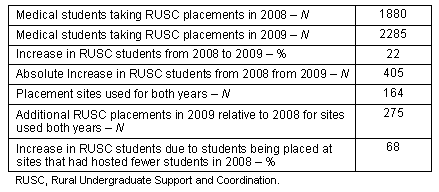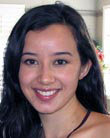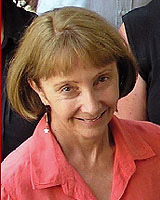Dear Editor
We would like to bring your attention to the effect of increasing medical school cohort sizes on student rural clinical placements.
Almost all of the 20 medical schools in Australia have a rural component to their clinical training. For each university to qualify for Rural Undergraduate Support and Coordination (RUSC) funding, they must provide a minimum of 4 weeks placement in a rural clinical training site for every domestic medical student to live, study, and gain clinical experience in a rural community1.
There has been significant growth in the intake of medical students in Australia in recent years, particularly between 2003 and 2007, where the intake increased by an average of 12.3% each year2. Reports indicate that despite the substantial annual growth of medical student intake, the supply of clinical teachers and patients for teaching has remained static3. This raises the question as to whether or not there will be sufficient rural preceptors to give all students an adequate experience in rural medicine.
As a student-initiated research project at the Rural Clinical School of the University of Queensland, we surveyed each of the Australian medical schools to collect information on the type of rural training they offer and, where applicable, data on student placements at RUSC sites during 2008 and 2009 at the participating medical schools. Of the 14 medical schools that were providing RUSC placements for their students in those years, 10 medical schools responded with analysable data. The rural sites that hosted students in both years of the study were analysed as a subset, and the number of students in 2008 was subtracted from the number of students in 2009 for each site, in order to determine whether or not individual rural sites are hosting more students in 2009 than in the previous year.
As is shown, of the 22% increase in students undertaking rural rotations in 2009, 68% were accounted for by students being placed at sites that had hosted fewer students in 2008 (Table 1). This raises the possibility that medical schools are compensating for the larger cohorts of students by sending larger groups of students at the same time to the same preceptor.
Table 1: Summary of data from survey of Australian medical schools regarding
student Rural Undergraduate Support and Coordination placements

Although this study did not attempt to measure the capacity of rural preceptors to absorb these increased student numbers, we regard these findings as worthy of further research to define accurately the ability of the rural medical workforce to support current and expected future undergraduate rural clinical training.
Given the importance of a positive rural experience in encouraging medical students to choose to practice in a rural setting, we also propose that rural medical student numbers should not exceed the capacity of rural placements to provide enjoyable, high quality clinical training. Medical schools should therefore factor this issue into decisions concerning the size of their future medical student cohorts.
David Liu, MBBS(Hons)
Celeste Burgoyne, MBBS
Jennifer J Moffatt, PhD
Peter G Baker, FACRRM
Rural Clinical School, University of Queensland
Toowoomba, Queensland, Australia
References
1. Kurti L, Rintoul D. Evaluation of the University Departments of Rural Health Program and the Rural Clinical Schools Program Final Report. Canberra, ACT: Department of Health and Ageing, 2008.
2. Medical Deans Australia and New Zealand. Commencing medical students domestic and international 2000-2009. (Online) 2011. Available: http://www.medicaldeans.org.au/wp-content/uploads/Table-3-Website-Stats-2011.pdf (Accessed 7 November 2011).
3. Eley DS, Young L, Wilkinson D, Chater AB, Baker PG . Coping with increasing numbers of medical students in rural clinical schools: options and opportunities. Medical Journal of Australia 2008; 188(11): 669-671.



